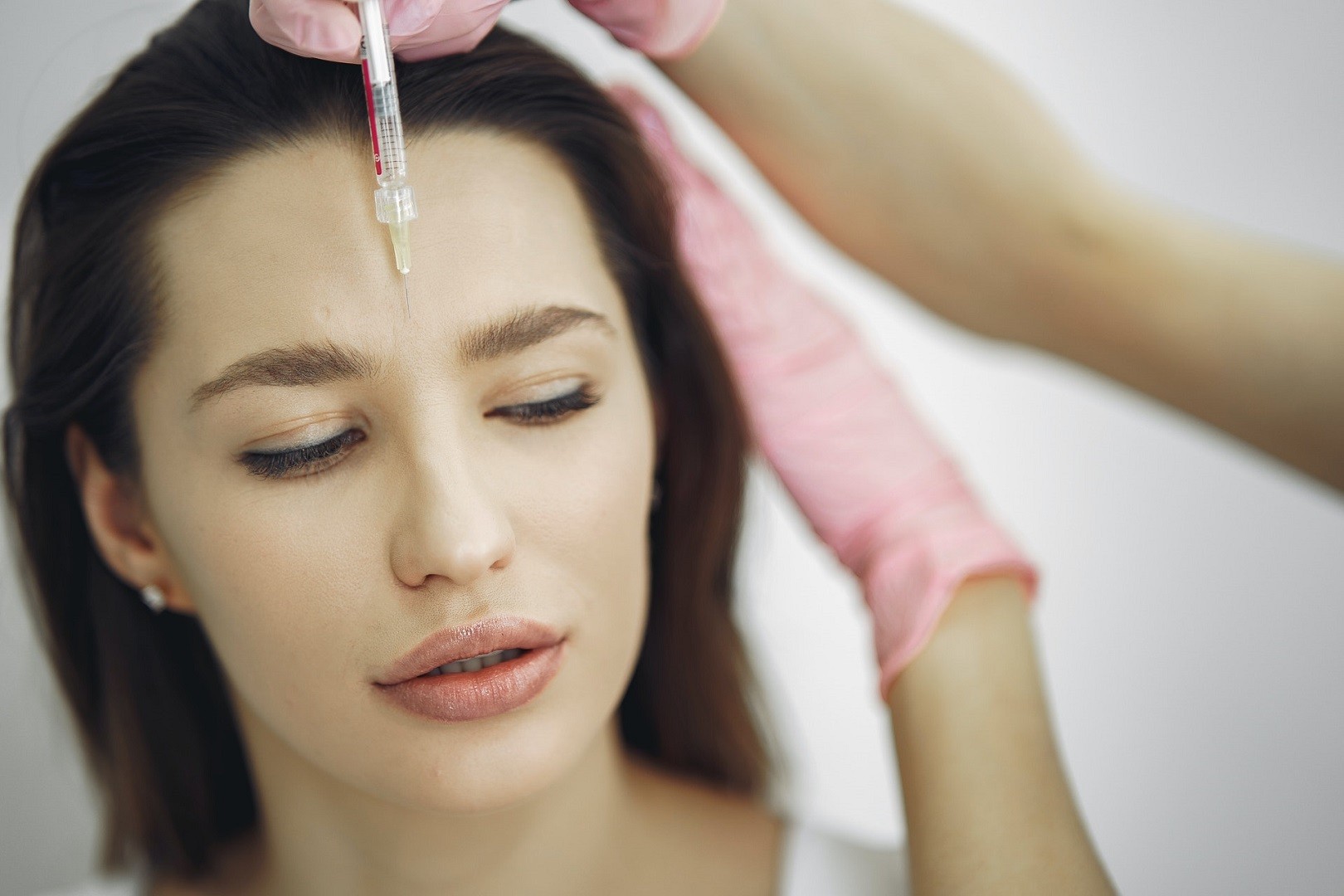
Botox is well known for its ability to smooth out facial wrinkles, but it also has medical uses as well. If you've ever thought of trying Botox, for whatever reason, here is what you need to know.
What is Botox?
Botox is the common name for botulinum toxin type A, a toxin that is produced by the clostridium botulinum bacteria. Even though this is the same toxin that causes botulism (a life threatening type of food poisoning), Botox can be used safely through injections as it is used in very small quantities and injected only into specific areas.
Botox works by blocking the release of the neurotransmitter, acetylcholine, from nerve cells. This neurotransmitter transmits the nerve impulses to muscle cells, causing them to contract. If there is no acetylcholine, the nerve cannot send the signal to the muscle that it is responsible for, resulting in a weaker or paralysed muscle. Botox only works locally, on the area that is being treated, and the effect is temporary, lasting for three to six months.
What is Botox Used For?
Botox is used for both cosmetic and medical reasons. It was approved for cosmetic use in Australia in 2002. Cosmetic reasons for using Botox include:
- vertical frown lines
- horizontal forehead lines
- crow's feet (lines at the corners of your eyes)
Botox was approved for medical use in 1999. Some medical reasons for using Botox include:
- blepharospasm – where the eyelid twitches or spasms
- cervical dystonia or spasmodic torticullis – muscle spasms in the neck
- facial spasms
- localised muscle spasms
- strabismus – a condition where the eyes are not properly aligned, also known as lazy eye
- muscle spasticity as a result of cerebral palsy
- hyperhidrosis – excessive sweating, especially under the armpits can be treated by using Botox to block the action of the nerves that control the sweat glands
Is Botox Safe?
Botox is safe when it is given by a medical professional that has been trained in how to use it correctly. It is only available with a doctor's prescription. If you are getting Botox for cosmetic purposes, it can be administered by professionals such as plastic surgeons, cosmetic surgeons, dermatologists, and nurses. Never get Botox at Botox parties, Botox bars, or similar settings as you cannot be sure of the quality of the substance, or of the qualifications of the person administering Botox.
As with all cosmetic or medical treatments, there may be some side effects, but these are usually temporary and not serious. The injection may cause pain, tenderness, and bruising, and you may get a slight headache. Nausea or a flu-like syndrome may also occur. The risk of serious side effects is small when you use a reputable practitioner, but one risk is a drooping eyelid, which only lasts a few days in most cases.
Do not use Botox if you are pregnant or breastfeeding. If you suffer from a neurological disease, you are not allowed to use Botox.
Originally published on Mar 11, 2009








